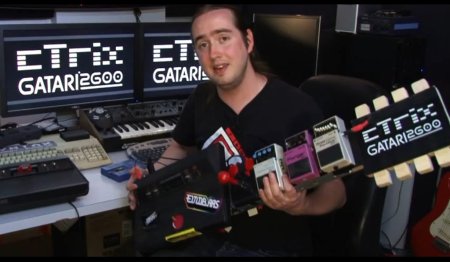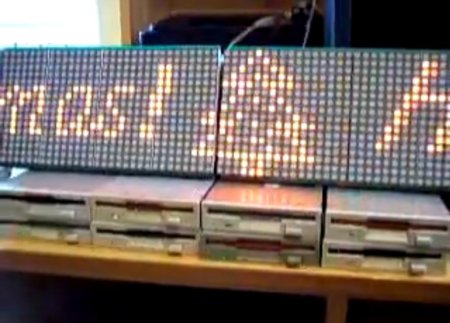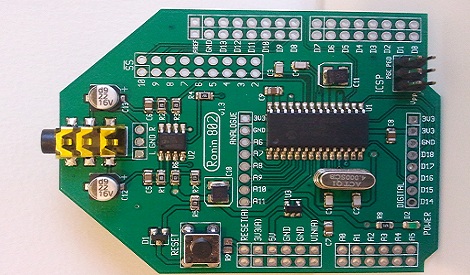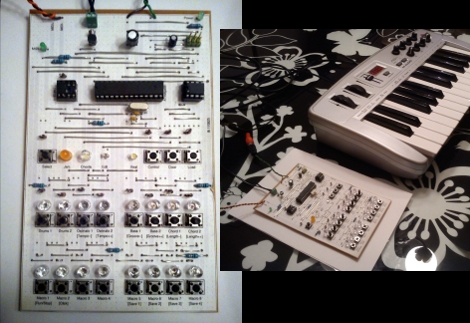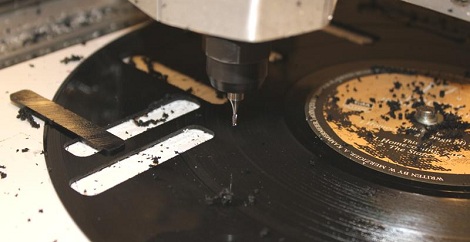So do you have an Atari 2600 laying around collecting dust? Perhaps you’d like to have a musical instrument to take up the time that you would spend playing video games if you had a modern console. Well, look no further than the GATARI 2600!
[cTrix] made this device with a custom EPROM chip plugged in as a cartridge. Although details of the build are somewhat vague, this custom chip allows music to be written for the device. Everything is controlled with a joystick that tells the GATARI to generate the desired track. From this basic track, the sound is modified using three pedals including an equalizer, a flange pedal, and a hold pedal.
Check out the video after the break for a brief explanation of how it was built. Skip to 1:05 if you’d rather just see it in action at [Blipfest] in Japan!
If you’d rather listen to music rather than playing it, why not build your own snap together boombox instead!

